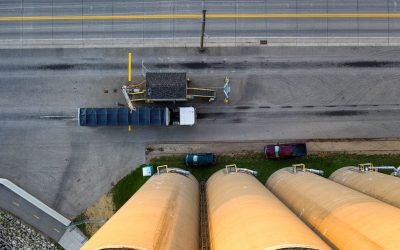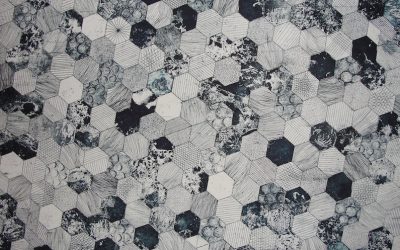News & Blogs
What Is a Plasticiser for Concrete?
A plasticiser is a substance or material added to concrete to make it softer, improve workability and strength, and reduce water requirements. Plasticisers are available in two forms: mineral admixtures, like fly ash, and chemical admixtures, like Superplasticisers....
What Is Glass Fibre (Fibreglass) and its applications
Glass fibre, also known as fibreglass, plays a crucial role in the fabrication of multiple components and objects made of composites that benefit our everyday lives. But what exactly is glass fibre, and where is it used? Let’s explore the basics of glass fibre, some...
What Is Sodium Nitrate and What Is It Used for?
Sodium nitrate (NaNo3) is a chemical compound composed of white spherical particles that are highly soluble in water. It is sometimes known as nitrate of soda, soda niter, or Chile saltpeter. As a strong oxidising agent, sodium nitrate is used in a variety of...
What is Calcium Chloride & Its Application
Calcium chloride is a popular and versatile chemical compound that classifies as a salt. At room temperature, it is colourless and highly soluble in water. It has many practical applications, from food preservation to de-icing and cooling. Using calcium chloride in...
What Is The Difference Between Densified & Undensified Silica Fume
Silica Fume (SF) or microsilica is a by-product of smelting high-purity quartz, coal, wood chips, silicone, or ferrosilicon alloys. Silica fume is a common ingredient in the manufacture of high-performance concrete, which can help enhance the solidity and durability...
What is Calcium Sulphoaluminate (CSA) Cement Binder
Calcium Sulphoaluminate (CSA) Cement Binder is a hydraulic binder made from calcium aluminate sulfate, known for its fast-setting properties compared to ordinary Portland cement (OPC). Unlike OPC, CSA binder doesn’t release free lime during hydration, which helps...
What are Retarders in Concrete Used For
Concrete admixtures and additives are among the most popular materials used to modify several properties of concrete in plastic and hardened states. They can help increase the strength, workability, unit weight and hardening of concrete. Some of the most common...
What Are Redispersible Polymer Powders (RDP)
Redispersible polymer powders are free-flowing, white powders manufactured by spray-drying polymer dispersions. When added to water, these polymer powders can disintegrate and form individual polymer dispersions again, with identical properties as the original...
Which is the Best Accelerator for Concrete
Which is the Best Accelerator for Concrete, and How Do They Work? A concrete accelerator is an additive that reduces the set time or increases the strength development/ hardening rate when added to concrete, grout, or mortar. Common accelerators include inorganic...
What Is Tartaric Acid Used For
Tartaric acid, sometimes called racemic acid, is an alpha-hydroxy-carboxylic acid that naturally occurs in plants, wine, and many fruits, such as grapes, tamarinds, citrus, and bananas. The acid is available as a white crystalline solid that’s soluble in water. Its...
What Is the Difference between Wet & Dry Mix
When it comes to building and construction, the choice of concrete mix is diverse, and creating the right one is vital to effectively completing a project. A typical mortar or concrete mix comprises cement, aggregate, sand, and water. However, water can be added at...
What Is White Cement Used For
White cement is a type of ordinary Portland cement (OPC) which is used for its high whiteness for decorative concrete applications. It is similar to grey Portland cement in all aspects but differs in fineness and colour. Production of White Cement The manufacturing...











